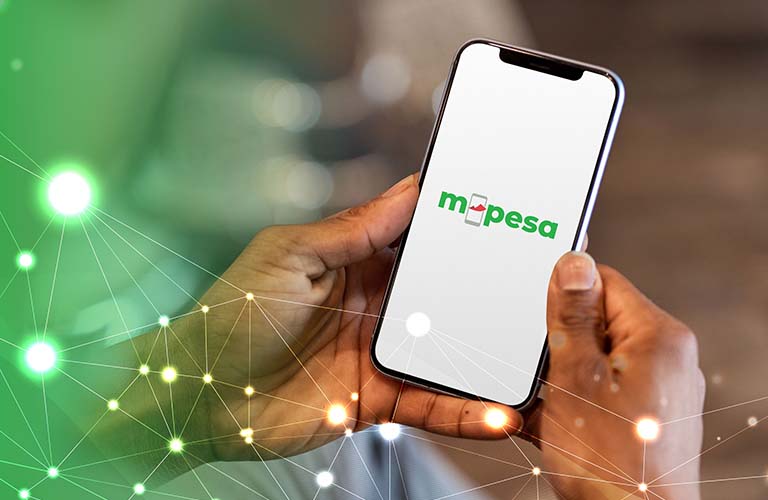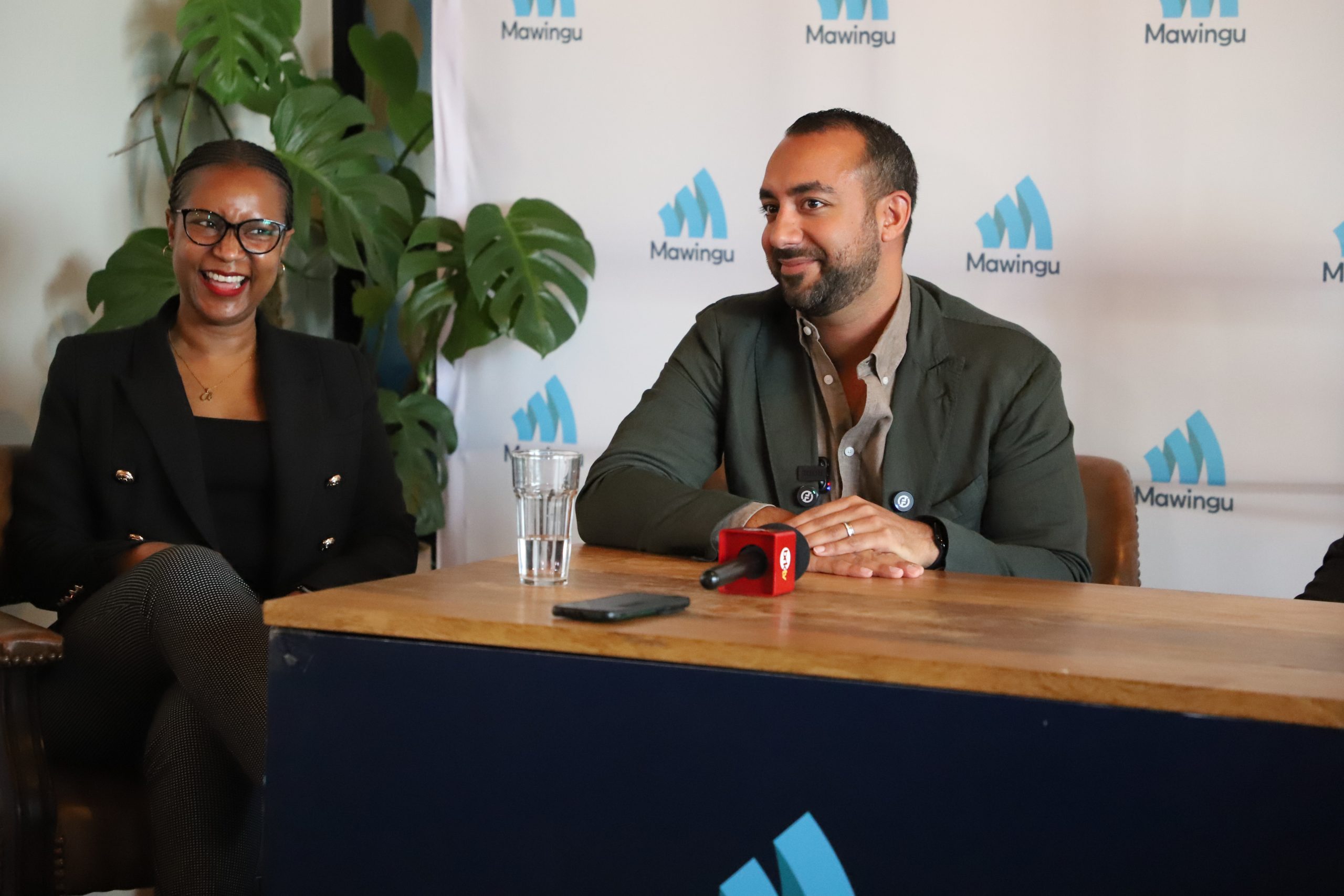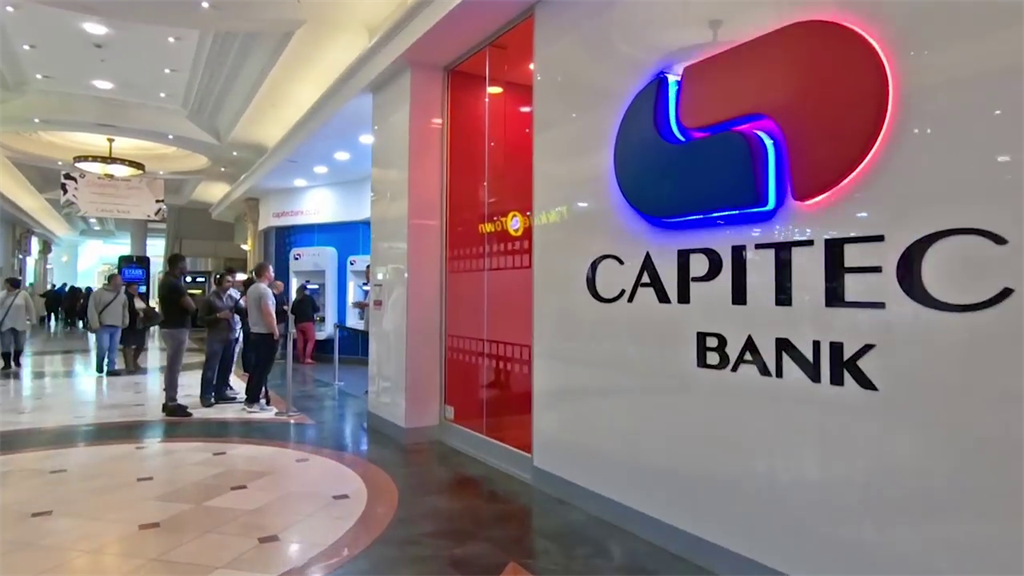In the sun-baked streets of Nairobi’s bustling markets and the remote villages of rural Kenya, a quiet shift began nearly two decades ago.
A simple text message could send money across the country, turning feature phones into lifelines for millions of unbanked.
That was M-Pesa, Safaricom’s groundbreaking mobile money service launched in 2007. Fast-forward to 2025, and Safaricom isn’t just facilitating payments; it’s building wealth.
Enter Ziidi, the telco giant’s latest fintech venture: a money market fund (MMF) that’s democratising investments like M-Pesa did for remittances.
As Kenya’s digital economy surges toward 91% mobile money penetration, Ziidi represents Safaricom’s bold pivot from transactional tool to wealth-building powerhouse. But with rapid growth comes scrutiny. Let’s unpack this evolution.
The M-Pesa Miracle: From Scratch to Economic Engine
Picture this:In 2007, Safaricom, Kenya’s dominant telecom, partnered with Vodafone to roll out M-Pesa amid scepticism. “Who needs a bank on their phone?” critics scoffed.
Yet, by empowering agents to cash in and out via SMS, M-Pesa bypassed traditional banking barriers.
Within a year, it had 2 million users; today, it’s a behemoth processing over $100 billion in transactions annually across Africa.
By 2025, M-Pesa’s impact is profound. In Kenya alone, it boasts over 50 million customers, driving financial inclusion for women, small traders, and farmers who once relied on risky cash hauls.
Economically, it’s a GDP booster: remittances fuel local businesses, microloans spark entrepreneurship, and its H1 2025 revenue hit KES 77.2 billion, a 16.6% jump year-over-year. Safaricom’s FY25 results reflect this, with total revenue climbing 11.2% to KES 388.7 billion.
But M-Pesa’s story isn’t static. A massive upgrade on September 22, 2025, enhanced transaction speeds and capacity, positioning it for Africa’s booming digital economy.
From pay-as-you-go electricity to international remittances, M-Pesa evolved into an ecosystem enabler. Yet, as users sought more savings, investments Safaricom eyed the next frontier: wealth management.
Bridging Payments to Prosperity: Safaricom’s Fintech Expansion
Safaricom didn’t leap blindly. Post-M-Pesa, it layered on services like Fuliza overdrafts and M-Shwari loans, blending telecom with banking.
By 2020, it dipped into investments with Mali, an MMF tied to M-Pesa. Mali grew modestly but hit obstacles too, freezing operations in early 2025 amid regulatory tweaks.
Enter Ziidi: a refined, mobile-first MMF unveiled in December 2024 and officially launched on January 21, 2025.
Partnering with Madison Investment Managers, Sanlam Investments East Africa, and Standard Investment Bank, Ziidi leverages M-Pesa’s infrastructure for seamless access. It’s not just an app; it’s an extension of the wallet Kenyans already trust.
READ ALSO:Six Months with Ziidi MMF, But Was It Worth It?
Ziidi Unpacked: Features That Make Wealth Accessible
Ziidi’s tagline? “Grow your money, effortlessly.” Here’s why it’s a game-changer:
- Low Barrier to Entry: Start with just KSH 100 with no paperwork, no branches. Sign up via the M-Pesa app or USSD *334#.
- Zero Fees, Instant Liquidity: Free deposits and withdrawals (up to M-Pesa limits: KSH 250,000/transaction, KSH 500,000/day). Pull funds in real-time with no lock-ins unless you choose a “discipline mode” for 72-hour holds.
- Daily Returns: Invested in low-risk government securities like T-bills, yielding competitive rates (net ~9.61% annually as of August 2025, after a 2% management fee and 15% tax). Earnings accrue daily, visible instantly.
- User-Friendly Tools: Track via app, set next-of-kin for security, and upcoming features include chama (group savings) support and Shariah-compliant options.
For a Gen Z hustler or a mama mboga (market vendor), Ziidi turns idle M-Pesa balances into growing assets, mirroring M-Pesa’s inclusivity but for investments.
Lightning Growth, Thunderous Challenges
Ziidi didn’t just launch; it exploded. By January 2025, it had 450,000 users and KES 2.85 billion in assets under management (AUM).
Weeks later: over 1 million members, KES 6 billion pooled. In under a year, it outpaced 25 rivals, claiming a top-15 market share.
As of late September 2025, AUM hit KSH 10.68 billion, generating KSH 354.36 million in income. Analysts eye KES 10 billion+ by 2026, fuelled by smartphone boom and incentives.
Yet, success breeds envy. In June 2025, investor Edwin Dande filed an antitrust complaint with Kenya’s Competition Authority (CAK), alleging Ziidi’s exclusive zero-rated M-Pesa transactions (free data/access) stifle rivals like Mali, forcing them to pass costs to users.
Critics claim it distorts the market, echoing broader concerns over Safaricom’s 63.3% dominance slipping amid rivals like Airtel.
As of October 2025, no resolution has been reached; the CAK’s probe continues, testing Safaricom’s innovation against fair play.
Charting the Horizon: Kenya’s Fintech Future
Ziidi isn’t an endpoint; it’s a launchpad. With M-Pesa’s September upgrade enabling hyper-scale transactions, Safaricom eyes AI-driven personalisation, cross-border investments, and green finance.
For Kenya, it’s a blueprint: local innovation trumps one-size-fits-all, as M-Pesa proved. But regulators must balance growth with equity to avoid monopolies.
Safaricom’s journey from M-Pesa’s SMS sparks to Ziidi’s digital vaults shows fintech’s power to uplift.
As one analyst put it, “It’s not just money; it’s momentum.” In a world craving inclusion, Kenya leads. What’s next? Only time and perhaps another upgrade will tell.
Ronnie Paul is a seasoned writer and analyst with a prolific portfolio of over 1,000 published articles, specialising in fintech, cryptocurrency, climate change, and digital finance at Africa Digest News.







Leave a Reply